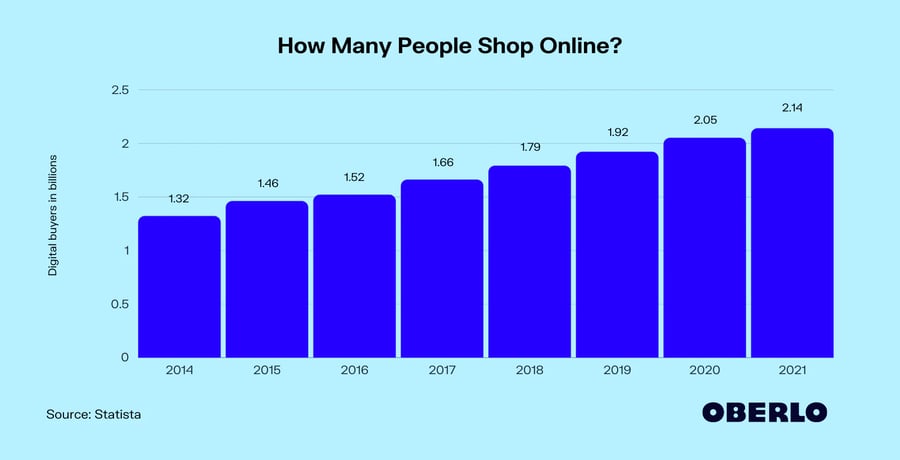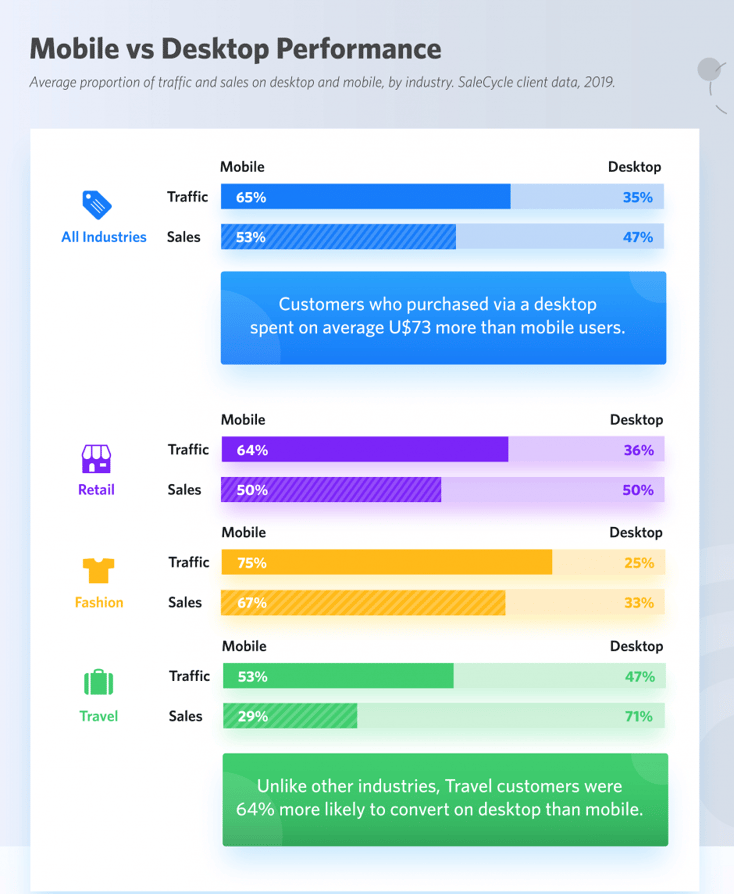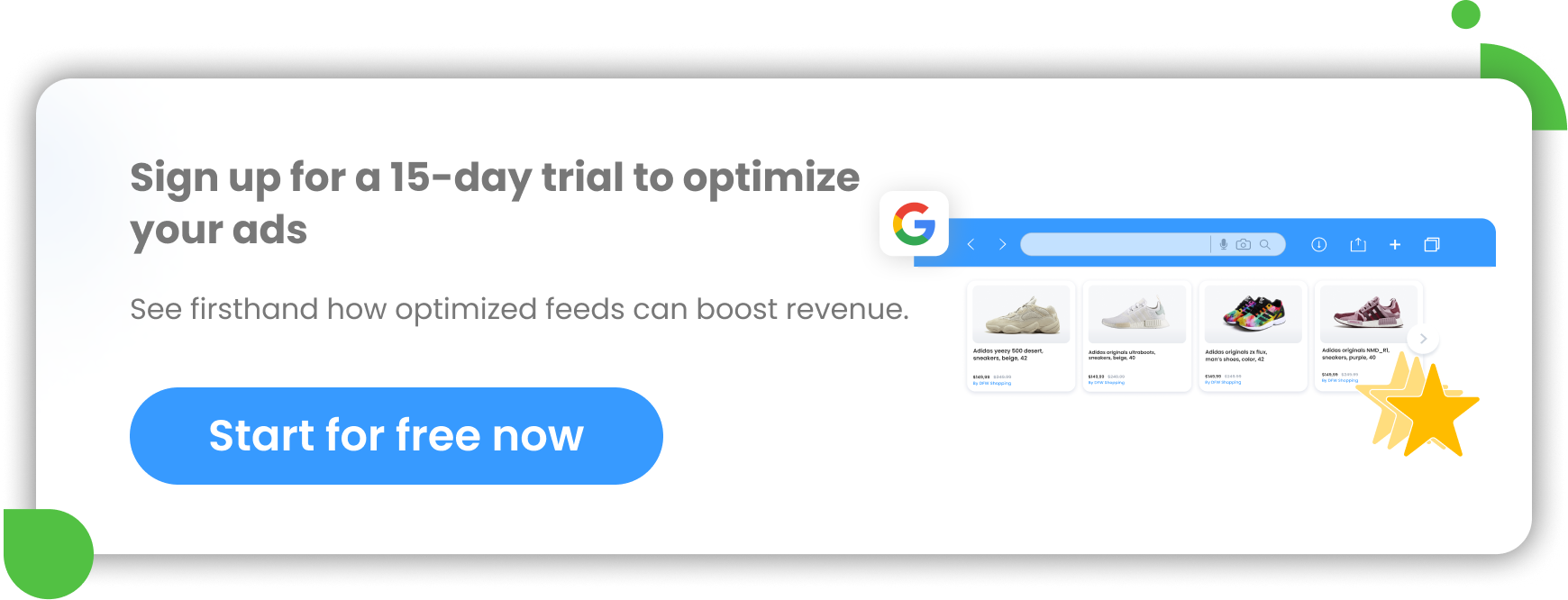The modern customer is online, and modern businesses need to accommodate those customers if they are to compete. This shift has brought benefits and challenges to consumers, business owners, and employees alike.
Briefcases full of creased paperwork have been replaced by online documents and screen-sharing. The conference room has been swapped for… well… any room you can video chat from. No matter the pros and cons of Facebook Workplace, such tools are becoming the norm.
So, you’ll need a website for your online business. Simple. Finished, right? Well, not exactly, because you’ll need to choose an eCommerce platform in order to properly run your online business. This can seem like a daunting task for any business owner, but don’t worry. Whether you’re an exclusively online merchant, or you’re creating an online companion for your physical store, there will be a perfect eCommerce platform for your desired business operations.
But first, what is an eCommerce platform?
An eCommerce platform is a software application that enables businesses to create, host, and run online stores. A necessity for any online business, modern eCommerce platforms will allow the complete integration of front-end (the bit the customer uses) and back-end operations - all the essential, behind-the-scenes, stuff like payments, deliveries, and stock management.
There are a lot of options out there, so it’s easy to feel overwhelmed. But never fear, we’re here to help. And to do just that, here are some handy tips to help you choose the perfect eCommerce platform for your business.
Make it easy for your customers
Start with the needs of your customers. The aim of the game is to shepherd them through your online store and out the other end as seamlessly as possible. This encompasses everything, from aesthetics and user interface to available features. You may have heard the term UX (user experience) thrown around a lot. Well, that’s exactly what this is all about - the experience your customers will have when they visit your site.
Different demographics will generally appreciate different designs or levels of complexity. If your customers are visiting your website, then they’re already interested in your product. The look and feel of your website will often be the deciding factor when it comes to converting online customers. So, you’ll need an eCommerce platform that allows you to create the perfect environment for your potential customers.
Different eCommerce platforms will allow you different features, add-ons, and levels of customization. There will be one out there that is best suited to the needs of your website. Once you figure out which platform offers you all the features you need, you can begin to figure out how to enhance your eCommerce store through UX design.
Use every platform available
This one’s a no-brainer. 3.69 billion people are active on social media as of 2021. To reach them, you’ll need an eCommerce platform that allows your website to integrate seamlessly with the heavy hitters.
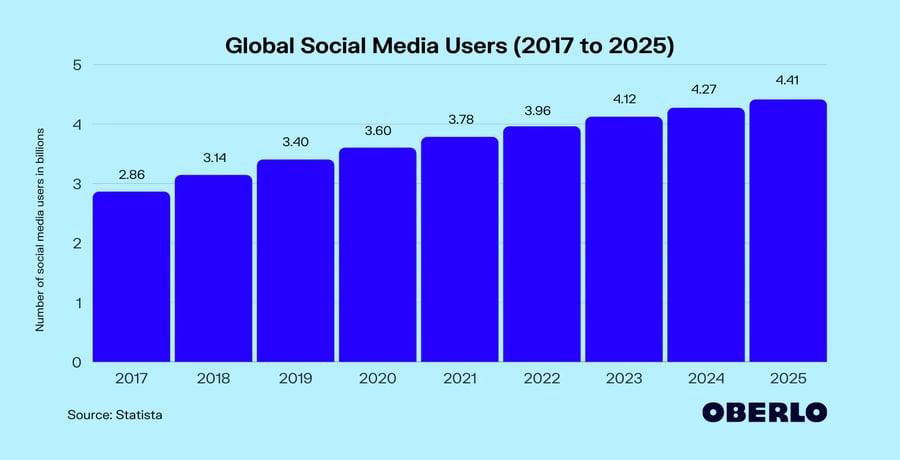
Social media integration will allow your business to operate across multiple social media platforms, opening up huge potential markets. It’s now common practice for different sellers to advertise through all social media sites.
Ideally, customers using Facebook or Twitter could browse your products via online catalogs, share products that they like, and even pay for those products without ever leaving their respective sites. What you’re looking for is an eCommerce platform that allows you to sell directly through other platforms (increasing your front-end activity) without having to manage separate inventories or revenue streams (your back-end responsibilities).
Social media users can also help advertise your product. For example, people love feel-good stories about social entrepreneurs making the world a better place. If you can get people’s attention with something like this, and they feel inclined to share it, then suddenly your customers have joined your advertising team. Put simply, it’ll help the world and your brand. Here are 5 successful examples of social entrepreneurship, if you need a little inspiration.
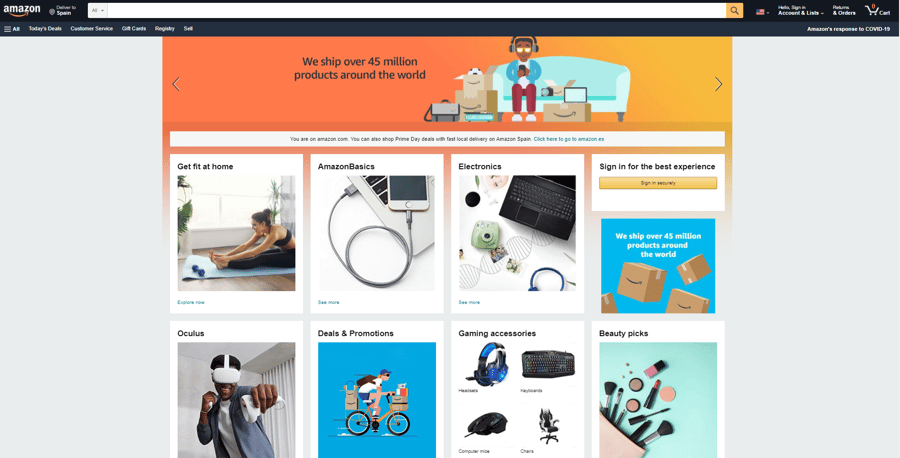
But social media is just one side of the coin. You may also want your online business to be compatible with other established online merchants like Amazon and eBay. If that’s the case, you’ll need an eCommerce platform that allows integration with platforms like fulfilment by Amazon, fulfilment by Merchant, or Seller Fulfilled Prime.
Whether it’s a big marketplace like Amazon, or a social media channel like Twitter, or the next inexplicably exciting platform, you’re going to want an eCommerce platform that allows your business to appear on as many popular online marketplaces as possible.
Payment methods
So, you’ve got your customers through the “door”, you’ve enticed them with your user-friendly website, now they just have to pay. You should make that as easy as possible.
There are so many ways to pay for things online; PayPal, Apple Pay, Square, and not to mention the trusty debit and credit cards that most people still have.
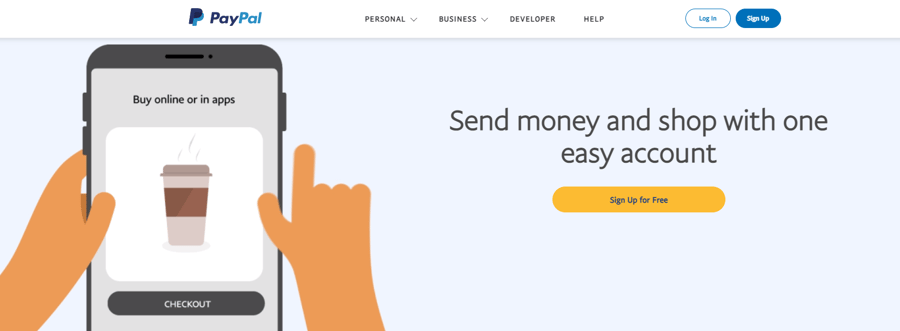
You’ll want to think hard about what payment options your business will accept. Ideally, the more the merrier, but if your options are limited, you might have to prioritize.
Shopify, for example, offers fully integrated payments. It’ll cost a bit more, but save you the headache of having to set up various payment methods on your own. Whereas cheaper eCommerce platforms, like Magneto and Lightspeed, will require you to set up payment methods through third parties like PayPal.
Consider what payment methods your customers are using? If you can’t cover all bases, at least cover the vital ones. Then find the eCommerce platform that will best support those payment methods for the best price.
Device compatibility
There are lots of options for your potential customers with regard to how they pay for your product. Now, let’s further complicate things. Because your customers will also be accessing your store on multiple devices.
Customers can purchase your products anywhere, anytime; and they’re doing just that. Figures from TheDrum.com relay that in 2019, 63% of traffic to retailers and 53% of sales happen via mobile.
Mobile is king in the court of online purchases. But you don’t want to miss an opportunity for a sale, so you need to find an eCommerce platform that will allow your business to perform to a high standard across multiple devices.
Devices are now capable of allowing your business to do everything a physical business used to do, and more. Even faxes are being dragged into the twenty-first century – wait, can I fax from my iPhone?
Have an accurate online catalog
You want your products to be looking their best alongside clear and accurate information about product availability. Anything less is enough to dissuade returning customers.
To avoid this, your website will need a smooth and accurate online catalog. Stock inventory has always been a vital part of physical businesses. And moving online hasn’t changed that fact - actually, it’s more crucial than ever. If your stock can be bought anywhere, anytime, in any quantity, you’ll need a platform that allows you to make digital catalogs that’ll keep your customers interested and your stock information accurate.

Get useful feedback
Knowledge is power, information is everything, a third tired cliché. Well, they are cliché for a reason – they are true. For the best chance at success, you’ll need an eCommerce platform that provides accurate feedback about how your business is performing, and how customers are interacting with it.
- What are they buying?
- How much are they buying?
- How are they paying for it?
- How did they find your store?
Answering these questions will help you make informed decisions about the future of your business. Find out what’s working, what’s not, and adapt your business accordingly.
Use an accurate and comprehensive product lifecycle management software solution that integrates well with your platform and offers you everything you need to get an edge. Have a look at the various analytic tools that different platforms have to offer, and decide which one you’ll find most useful.
Support your customers
One of the main advantages of having an online store is that it’s always open. However, this prospect brings with it one of the main challenges of an online store…it’s ALWAYS open. Customers will be using your site all over the world at different times, and you can bet they’re going to have questions. So, your eCommerce platform must allow you to create a robust and capable customer support system that can handle strange hours.
Generally speaking, eCommerce platforms offer two main kinds of customer support - community and dedication.
Dedicated customer support is preferable, offering 24/7 support all year round. Shopify, for example, offers dedicated support over multiple channels; live chat, Twitter, and Facebook. Platforms with live response features like IM, live chats, or hosted call center solutions, are more expensive. But, your customers will appreciate it.
Community customer support like PrestaShop’s discussion forums, while not as responsive, are still viable options. And, the platforms offering this option will be cheaper.
Make sure the price is right
Like most things in life, you get what you pay for. And eCommerce platforms are no different. There is a litany of companies offering different software at competing prices. This decision will, of course, be dependent on the individual needs of your company and its consumers.
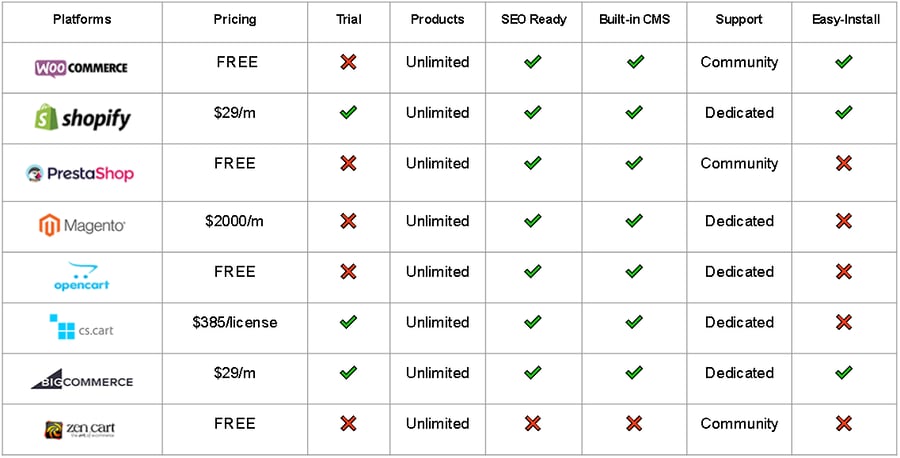
It’s really about how much you are willing, and need, to spend – sometimes the bells and whistles aren’t necessary, so why pay for them? The good news is that most eCommerce platforms offer free trial periods, giving you plenty of opportunities to try different options and find the perfect fit for you.
Try it out and change it up
Only you really know the needs of your business, and those needs may change as time goes on. Don’t be afraid to try out different options.
The rise of online commerce has brought radical and frequent changes to businesses. As long as you remain flexible, and keep the needs of your customers at the heart of everything, your online business will have the best chance of reaching them. But it all starts with finding the right eCommerce platform.
So go for it. Keep these handy tips in mind, put them to the test, and find the perfect eCommerce platform for your online business.
